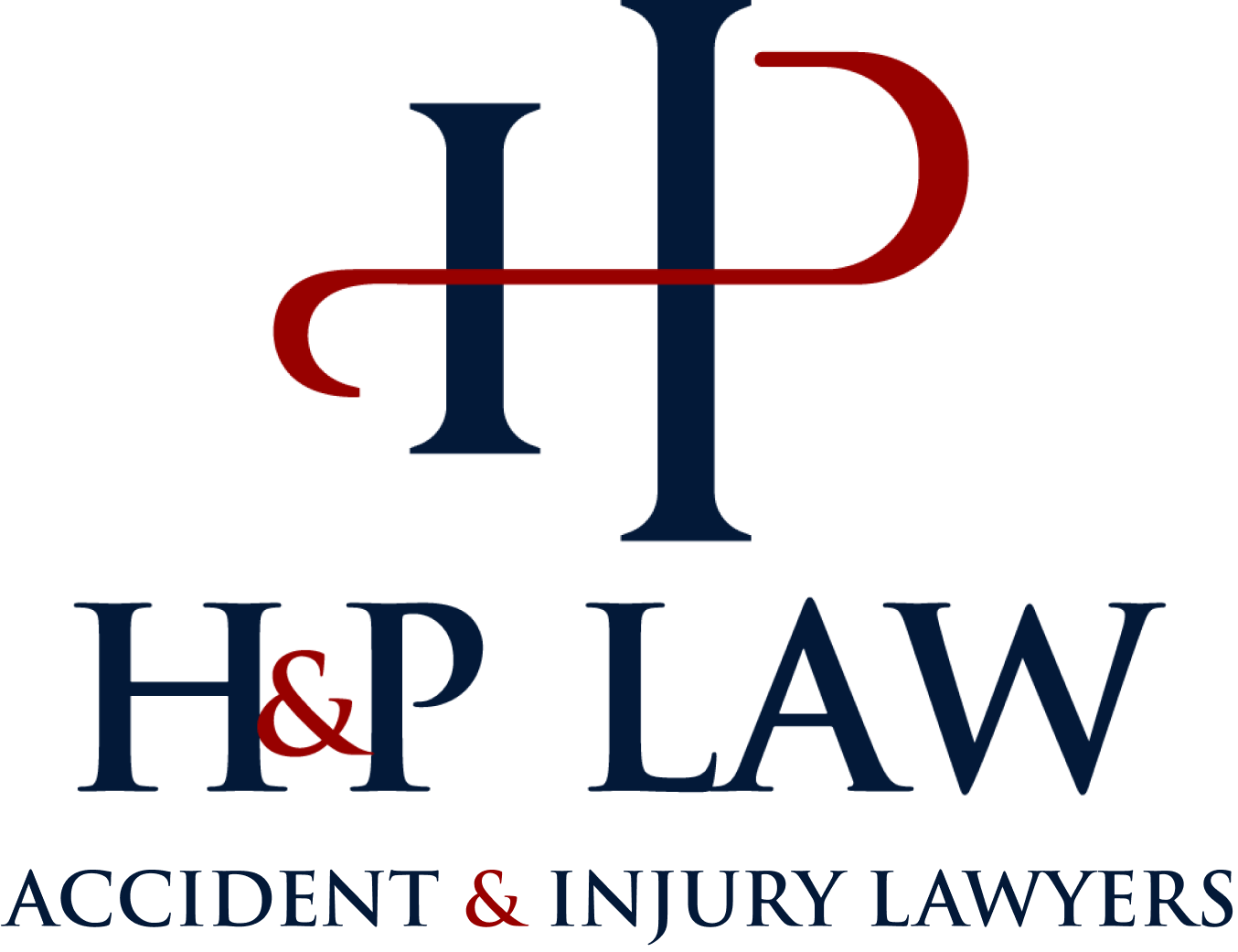
When individuals purchase a product, they assume it is safe to use. When products become defective and cause personal injury, victims often employ the services of a product liability attorney to pursue legal action. Read on for some basic information on what kinds of product liability cases typically come before the courts in Nevada.
Design Defect Cases
Product liability cases that focus on design defects involve the plaintiff alleging that the manufacturer’s design decisions did not responsibly account for safety issues associated with the product. Put another way, these types of cases focus on an inherent design flaw or error that results in undue risk of personal injury to end users.
In order for plaintiffs to win a product liability case that focuses on defective design, their product liability attorney must do more than simply show a design was defective. They must also be able to show that by making reasonable, economically feasible adjustments to the product’s design, the manufacturer of the product could have prevented the product from causing harm to users.
An example of a defective product design would be a baby highchair that has upper body restraints but no lower body restraints, leading some infants to unexpectedly slide out of the chair and result in potentially serious harm. By adding additional restraints for the legs and torso, the chair could have served its intended purpose while reducing the likelihood of personal injury.
Manufacturing Defect Cases
It is rare that a manufacturer intentionally creates and sells a defective product that can cause personal injury to those who purchase it. However, just because manufacturers do not intentionally ship defective products does not mean they are not liable for unintended faults in the product. Even when all possible care was taken in preparing a product for market, the manufacturer ultimately holds responsibility for any future ramifications stemming from defects. This is known as “strict liability.”
Compared to the aforementioned design defects and warning defects (explained below), manufacturing defects are relatively rare. This is due in large part to manufacturing controls and regulatory standards in many industries and production facilities that limits the number of defective products. It also helps to ensure that any defective products can be easily replaced. In other words, manufacturing product liability cases are typically centered on those products that “fell through the cracks.”
Warning Defect Cases
Warning labels on products help to inform users about the proper way to use the product and any potential effects from its misuse. When these labels are missing or inadequate, a product liability lawsuit may be feasible. For example, if an artificial Christmas tree has been shown to overheat if plugged in for a prolonged period of time, it is critical for the manufacturer of that tree to ensure the warning label stating that information is clearly accessible to customers.
When to Contact an Attorney
When individuals are harmed by a defective product, pursuing litigation against large companies and manufacturers can seem like a daunting task. For years, the attorneys at H&P Law have been helping defective product victims in Las Vegas and throughout Nevada as they navigate the litigation process. Contact H&P Law today to discuss your case and develop an action plan.




